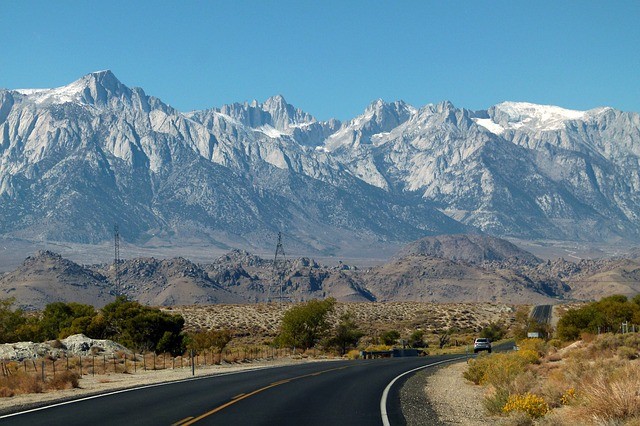Scientists have measured that this year's snowpack in the Sierra Nevada mountains in California has already plummeted on its lowest level ever in the last 500 years.
These findings are based on data from the severe drought occurring across the state which is already in its fourth year now. This event can also raise more water shortages in densely populated areas and make a significant impact on agriculture and hydroelectricity production and can aggravate wildfires.
According to the study's lead author, Valerie Trouet from the Univeristy of Arizona's Laboratory of Tree-Ring Research, this study is directed at the effects of the extreme winter last 2014 to 2015.
Scientists were surprised to see the bare ground at the snow survey site at Sierra last April 1, where this area is usually covered with around five feet of snow. Trouet adds that this lack of snow is not just unprecedented over 80 years but it's unprecedented in over 500 years.
The study notes that the Sierra Nevada snowpack is pivotal in replenishing California's water reserves and provides 30 percent of the entire state's water supply.
To further support data from actual snowpack measurements in the region that are obtained over the decades, climate scientists also need to use other methods called proxies in order to determine past weather patterns from centuries ago.
Scientists have examined more than 1,500 trees in California and other Western states to determine how much snow has fallen for each winter in the past 500 years, says Trouet. She adds that trees are the best recorders of past climate.
Since trees consume much water, wide tree rings can signify a wetter winter where narrower rings are telltale signs of a drier winter.
The team used the blue oak tree species for this study to determine the precipitation and other tree species for temperature records. The team compared these two data sets in order to arrive at the amount of snow that fell every winter.
Trees were not cut down or harmed during this testing, as the team only bore holes inside the trees to get a chunk to examine the rings closely.
Trouet adds that the state should be more prepared for this kind of snowfall to happen much more frequently due to rising temperatures as man made global warming is causing California's drought to become more severe than ever before.
This study is published in the journal, Nature Climate Change.



























